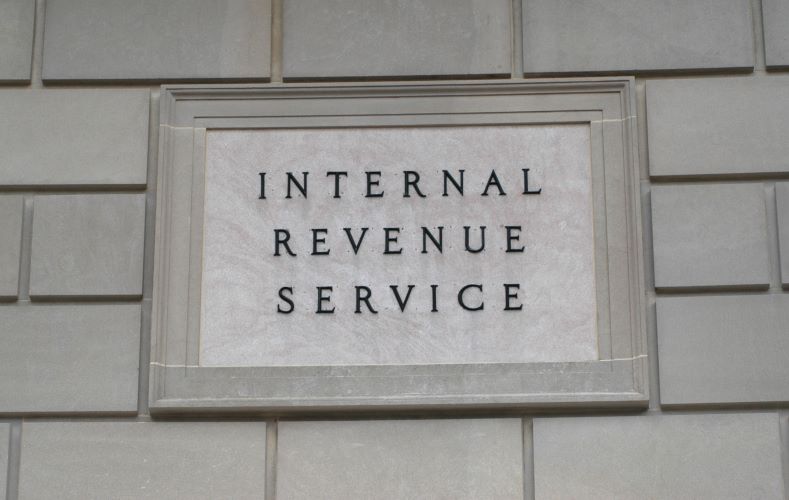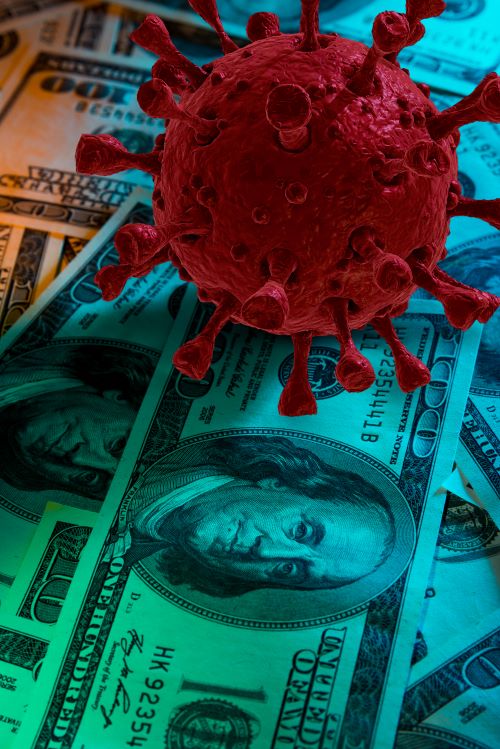The Paycheck Protection Program (PPP) has been an essential tool in helping Chicago businesses weather the COVID-19 pandemic. Since it was created as part of the CARES Act in March, it has become increasingly popular due to its many favorable terms. In fact, it was reported that as of June 30, 2020, the SBA had issued 202,143 loans totaling more than $22B to Illinois companies. This number is staggering and reflects both the depth of the pandemic and the popularity of the program. Perhaps one of the most attractive features is the opportunity to receive partial or full loan forgiveness. That being said, this has not occurred without significant confusion about the loan forgiveness application process, details, and other requirements.
In June, Congress assuaged concerns when it passed the PPP Flexibility Act of 2020, which made several changes including new applications and accompanying instructions. While resolving those concerns, the Treasury issued a new Interim Final Rule (IFR) addressing caps on loan forgiveness for the self-employed and owner-employees. To help clients, prospects, and others navigating forgiveness, Selden Fox has provided a summary of key details below.
Loan Forgiveness Limits
Broadly speaking, the IFR states that borrowers that received a PPP loan prior to June 5, 2020, may elect to use an eight-week Covered Period. In such cases, the amount of loan forgiveness available to owner-employees and self-employed individuals payroll compensation is limited to 8 weeks’ worth of 2019 compensation or $15,385 per individual, whichever in less. For borrowers who opt for the 24-week Covered Period, the amount of forgiveness requested for owner-employees and the self-employed payroll compensation is capped at 2.5 months of 2019 compensation or $20,833, whichever is less. Specific further guidance by entity type was also provided.
- C-corporations – Owner-employees are limited by the amount of their 2019 cash compensation, employee retirement, and health insurance contributions made on their behalf.
- S-corporations – Owner-employees are capped by the amount of 2019 employee cash compensation and employer retirement contributions. Health insurance contributions are generally excluded as they are counted in employee cash compensation for any shareholders owning more than 2% of the entity.
- Schedule C or F Filers – They are limited to the amount of owner compensation replacement determined based on 2019 net profit. Health insurance contributions are excluded as they are counted in net self-employment income.
- General Partners – These individuals are limited to the amount of 2019 net earnings from self-employment multiplied by .9235.
- Self Employed Individuals – Loan forgiveness is limited to either 2019 compensation up to $15, 385 for an 8-week Covered Period or 2.5 months of 2019 compensation up to $20,833 for a 24-week Covered Period per owner. It is important to remember that retirement and health insurance contributions are already included in net self-employment income and cannot be added separately to the payroll calculations.
Contact Us
During this time of COVID-19 resurgence and additional uncertainty, it is essential for businesses to capture the highest forgiveness amount available. Although many changes have been implemented to streamline the process, loan forgiveness can be complex to navigate. If you have questions about the information outlined above or need assistance with another COVID-19 issue, Selden Fox can help. For additional information call us at 630.954.1400 or click here to contact us. We look forward to speaking with you soon.






